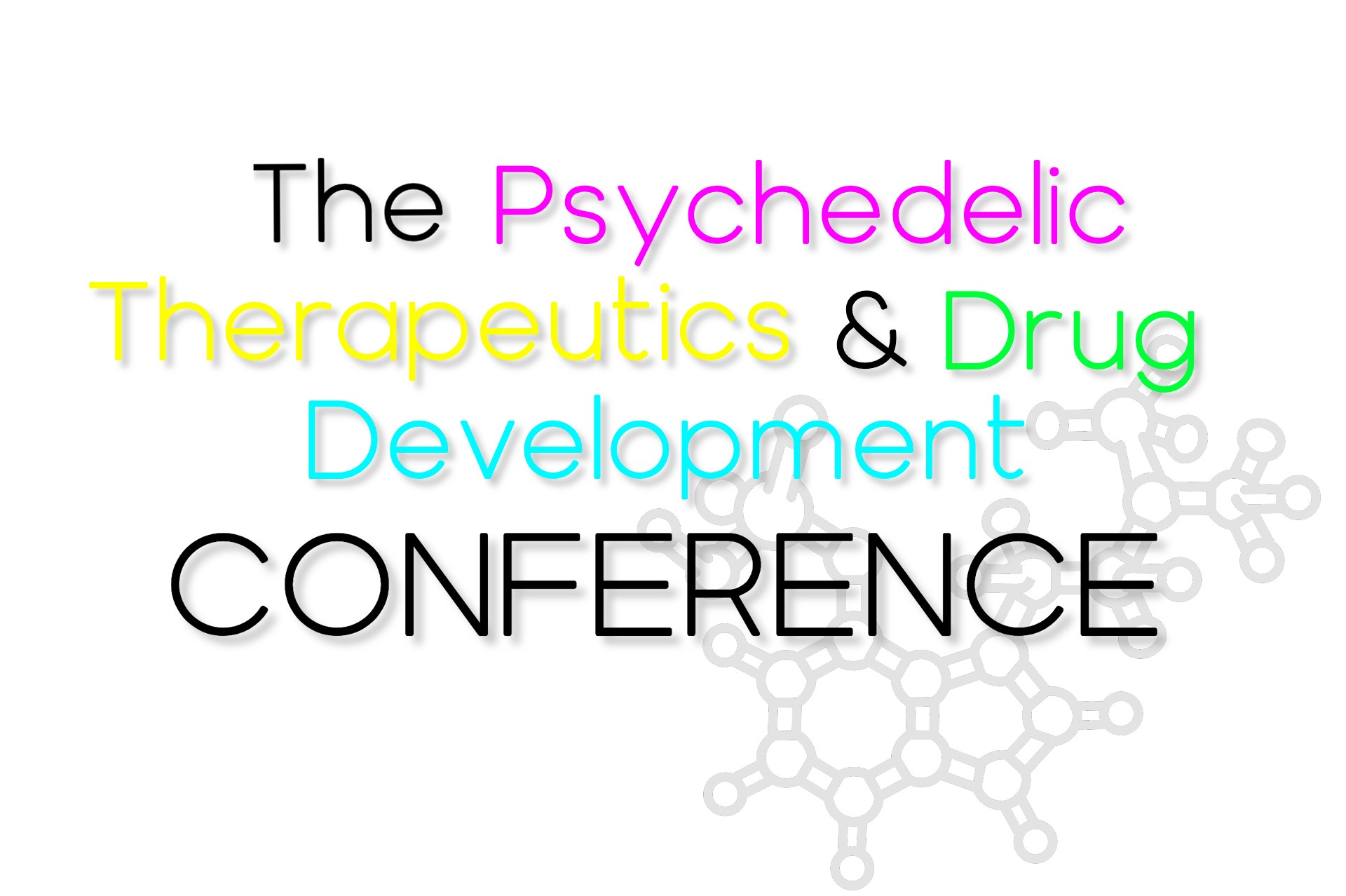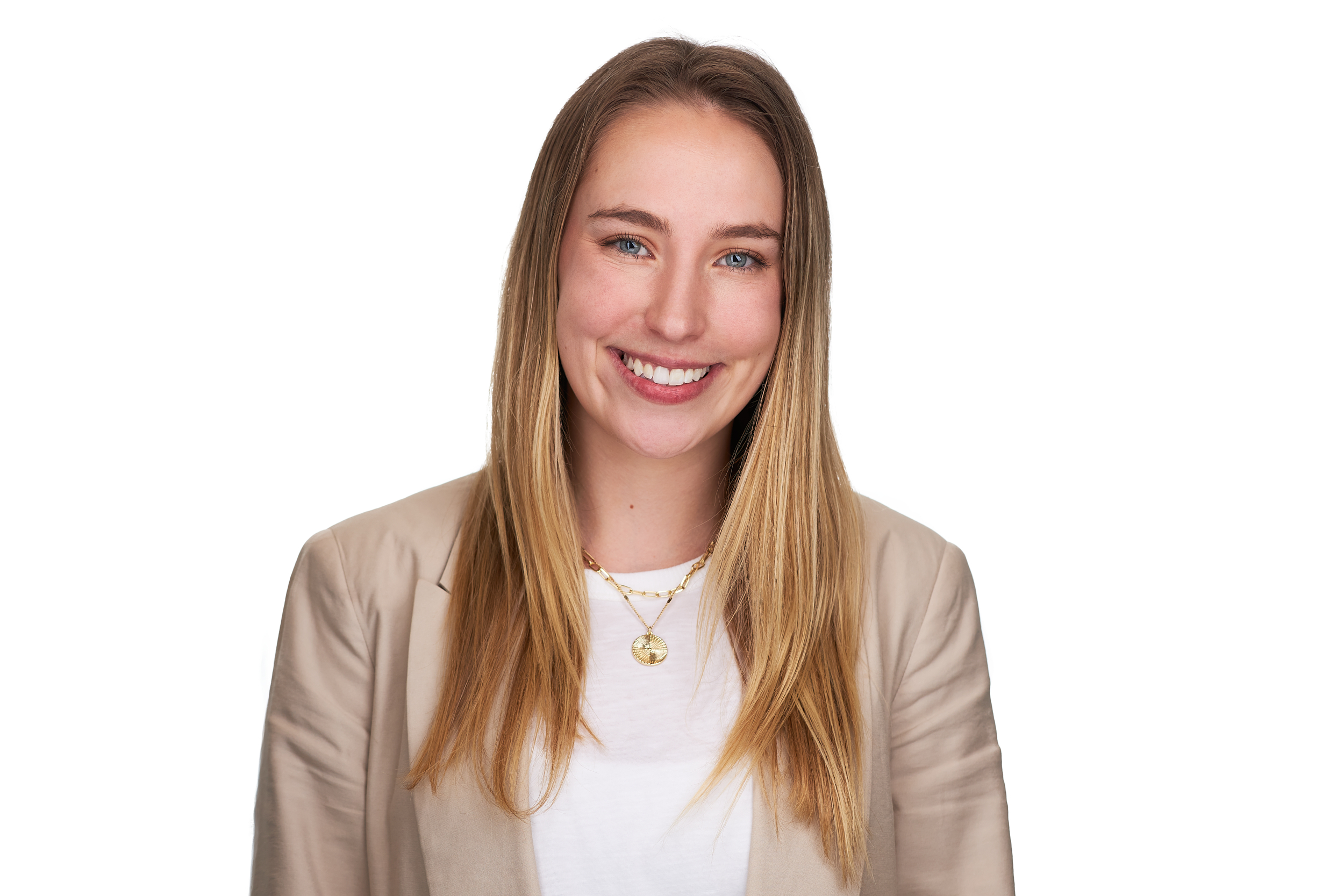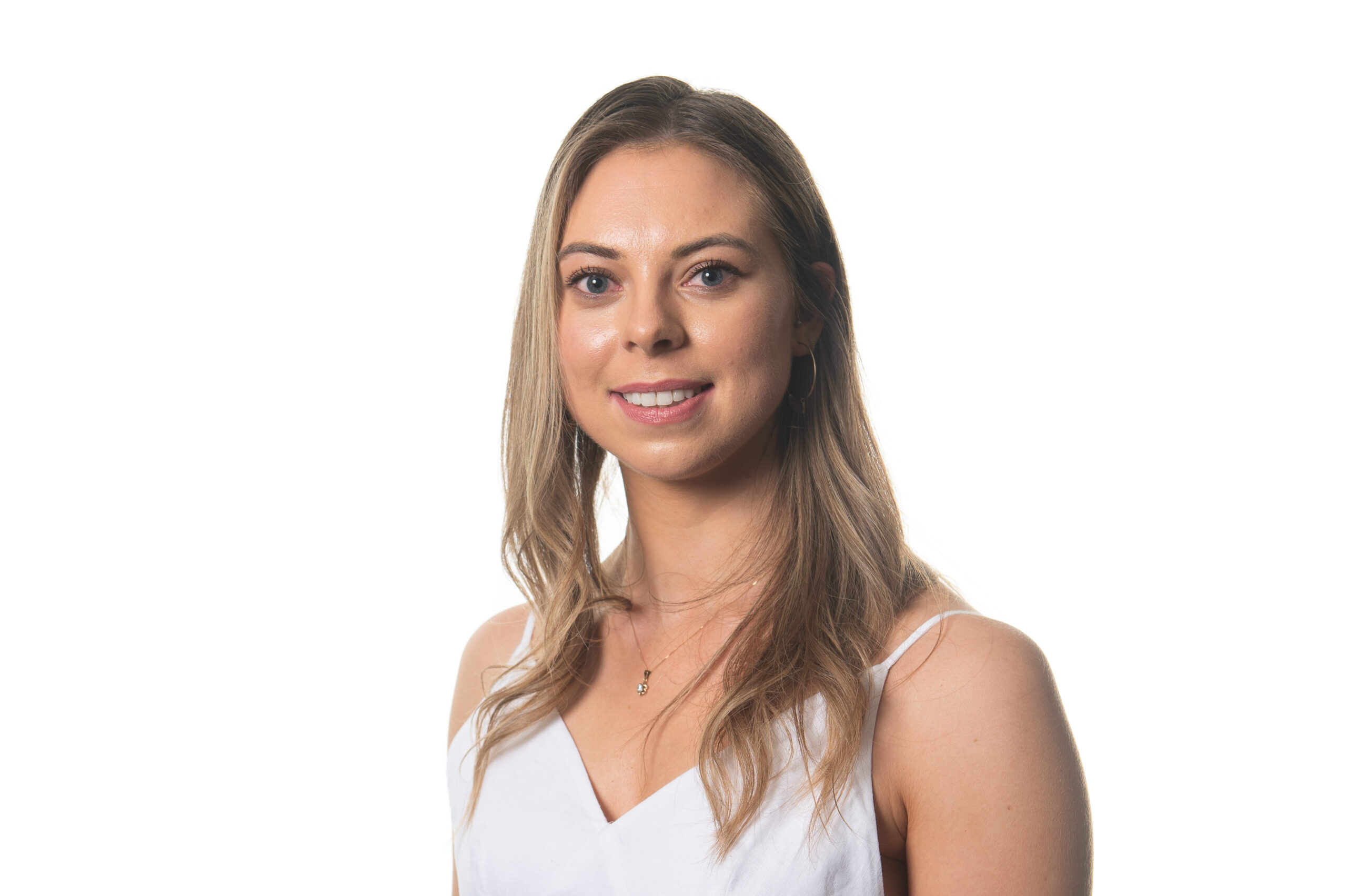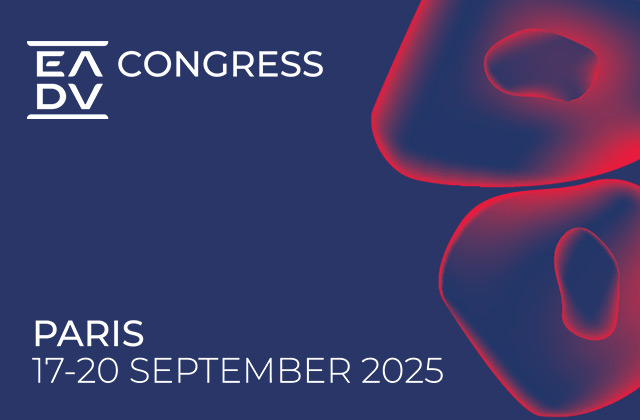
Introduction
Members of Blue Matter’s CNS team attended the Psychedelic Therapeutics & Drug Development Conference, a virtual event that took place May 4-6, 2021. This event was particularly interesting to our team because we had just completed a white paper entitled “Taboo” Substances are Getting Another Look in CNS that explored the substances and companies driving development in this space. We were excited to hear from industry leaders about how they view the past, present, and the future direction of psychedelic medicine. In this article, we report our overall impression of the conference and explore the key themes and salient learnings that surfaced.
In general, our team has been impressed by how collaborative the psychedelic space is. During the conference, investigators and industry leaders alike seemed very willing to exchange information regarding their learnings and plans. We think this is representative of the “grass roots” of the psychedelic movement and underscores the need for free information exchange to maintain forward progression. Some topics and unmet needs that stood out during the conference are briefly discussed below.
Psychedelics in Specific Disease Areas
MAPS and MDMA
There was an interesting talk delivered by Rick Doblin, Ph.D., the founder and Executive Director of the Multidisciplinary Association for Psychedelic Studies (MAPS). In May, MAPS published their phase 3 data in Nature Medicine showing that MDMA-assisted therapy was significantly more effective than talk therapy alone in helping patients with severe PTSD. MDMA is a psychedelic substance popularly known as ecstasy or molly.
This could be a great step forward in helping patients with severe PTSD. However, Dr. Doblin also spoke about important nuances that must be considered, especially given the “taboo” nature of these chemicals. These include the:
- Need to work with the FDA to develop acceptable clinical trial designs
- Need for economic studies that can help lead to payer coverage
- Issue of re-scheduling MDMA
Overall, there are a lot of open questions regarding the use of psychedelic assisted therapy and psychedelic drugs in general. MAPS is helping do the hard work as part of the vanguard in this field.
Entheon’s use of DMT (ayahuasca) to Help with Addiction Symptoms
Entheon Biomedical is researching the use of DMT-assisted therapy to help dramatically improve the success rate of addiction treatment. DMT acts on the default mode network (DMN) that is believed to contribute to drug-seeking behavior and negative thoughts in addicted people. DMT is thought to disrupt the normal DMN activation.
Entheon has multiple clinical trials in progress or planned in this area. Their current research covers nicotine, opioid, and alcohol abuse.
Targeting 5-HT2 Receptor Subtypes for Better Treatments in Impulse Control Disorder
A fascinating presentation by Bright Minds Biosciences discussed the potential to develop compounds that are more specific for a 5-HT2 receptor subtypes than previous compounds—like lorcaserin—which, although found to be efficacious, had deleterious side effects due to lack of receptor specificity. To improve upon lorcaserin, Bright minds endeavored to increase the specificity of their chemical compounds for the 5-HT2a or 5-HT2c receptors while decreasing the off-target activation of the 5-HT2b receptor (the receptor thought to trigger the adverse events).
One application described in the presentation was using a 5-HT2c receptor agonist developed by Bright Minds (JJ-3-42B and BMB-101) to treat patients with impulse control disorders like binge eating disorder (BED), a patient group with a high unmet need.
Only 57% of BED patients receive pharmacological treatment. Even so, there is currently no medication that is particularly effective. The only approved drug for BED is lisdexamfetamine (Vyvanse®) and it has problems with abuse potential and tolerability.
Bright Minds’ therapy might also provide benefit for other impulse control disorders, especially considering its improved safety profile vs. historical agents such as lorcaserin. There is theoretical benefit for other diseases such as obesity as well that may have a prediction for over-eating.
End-of-Life
Psychedelics has been used by indigenous cultures for centuries to help with the process of dying. The conference addressed the potential use of psychedelics can help in things like patient’s life review, pain and symptom management, and conflict resolution, all to help them prepare for death.
Cancer
Among cancer patients, psychiatric disorders are very common. This is not surprising given the extreme stresses that cancer can cause for patients and their families, as well as the prospects of a terminal diagnosis.
Psychedelics may offer some relief. In a study of 29 patients with advanced cancer, patients showed rapid and sustained antidepressant and anxiolytic effects for psilocybin vs. niacin. Psilocybin decreased demoralization and hopelessness while increasing patients’ quality of life (QOL).
In a long-term study, 50% of living patients still had enduring anxiolytic and anti-depressive effects. There is a caveat, however, as it is not 100% sure that the long-term effects are due to psilocybin because some patients may have gotten other pharmacological interventions. The next steps are a Phase IIb/III multi-site randomized controlled trial in terminal, early diagnosis, and chronic cancers.
Other Trends and Considerations
Advent of Psychedelic Interventional Psychiatry
The current view regarding psychedelic treatment is that it catalyzes breakthroughs and understandings during therapy to allow the patient to heal. Psychedelics alone are not thought be an effective treatment, and therapist intervention is a required element. For example, the patient is not expected to take psilocybin at home to “cure” his or her illness. Rather, they take it while a therapist guides their treatment.
These new psychedelic tools can lead to more therapists practicing interventional psychiatry wherein they can combine talk therapy with medication to treat specific diseases. In the future, this can lead to clinics that specialize in the use of multiple psychedelic drugs to treat patient disorders.
Although this is a promising and exciting new field in psychiatry, there are several considerations that we see may arise specific to psychedelic medicine. Mainly, there is a need to “disentangle” or account for the therapist part of the equation. The role and impact of the therapist (and the therapist’s training) heavily influences treatment efficacy, and the question of how this will be regulated is still unanswered. Other questions include:
- Will there be established a type of therapist / therapist training that focuses on psychedelic interventional treatment?
- How will the field change to integrate these new therapists?
- Who will oversee the training of the therapists? Will it be proprietary and franchised to each company or will there be a coalition that sets guidelines? Can a company mandate their own training to utilize their therpaeutic?
- How will reimbursement evolve for interventional psychiatry?
Establishment of a Novel Pharmaceutical Model
Clinics are opening throughout the world that are focused on the delivery of ketamine interventions and can expand to specific diseases using different active ingredients (MDMA, psilocybin etc.). How will these clinics be regulated? What is the model for establishment of clinics (franchise, other)?
Combination of Psychedelics with Other Therapies
Psychedelics can potentially be combined with a range of other therapies to treat CNS-related disorders. The conference touched on some of the approaches in use or development.
- Klarisana, a Texas-based clinic is using ketamine with virtual reality (VR) to treat depression, anxiety, and pain. Moving forward, a more in-depth clinical model is needed to understand how VR can be used in psychedelics treatment (e.g., used at a specific timepoint or long term with patients, etc.).
- Virtual Psychedelics are planning to create a multisensory “pod” for safe, monitored, clinical psychedelic experiences.
- Entheon Biomedical, the Canadian biotech company mentioned previously, uses electroencephalography (EEG) to personalize and optimize psychedelic treatments for addiction. EEG changes are monitored during different stages of the psychedelic treatment. During the initial stages, EEGs are used to optimize prescriptive decisions. During the experience, they provide alerts and feedback to physicians and clinicians. Post-treatment, EEGs help determine the psychedelic experience’s effects on neurophysiological changes. They also support long-term patient tracking and future treatment optimization.
- MINDCURE Health has developed iSTRYM, a digital platform for real-time assessment and optimization of psychedelic treatment outcomes. Both patients and clinicians can access the platform which combines a clinician dashboard, music and mindfulness exercises, several data capture sources, data analysis and protocols, and more. Its aim is to provide a holistic healing journey, from preparation to in-session support and post-session resources. The company is planning to submit this platform as a Software as a Medical Device (SaMD) with the FDA.
The Future of Psychedelic Compounds
As discussed above, companies like Bright Minds are endeavoring to tailor molecules to target specific receptors, enhance efficacy, and / or reduce side effects. Outside of making better drugs through chemistry, Entheon Biomedical is developing technologies to ensure that the right drugs are matched to the patients who are best able to benefit from them. To this end, Entheon launched its first psychedelics genetic test kit, developed by its wholly owned subsidiary, HaluGen Life Sciences. They have also partnered with Divergence Neuro to develop a cloud-based biomarker model and predictive platform based on EEG analysis, AI, and machine learning.
Regulatory Challenges
Currently, the most prominent psychedelic treatments are schedule 1 substances. This limits the production, distribution, handling, and research of these substances. We are very early in the regulatory approval of psychedelics. Organizations like MAPS are shaping the market as they progress through this and helping open the door to further research and use. Most likely, we will see some evolution in the regulatory environment as psychedelic research and use increases.
Conclusion
Currently there is a significant amount of promise in the psychedelic space as the world moves away from the stigma associated with “taboo” drugs. This change brings both benefits and risks that the industry must consider.
The upside of the changing attitudes towards psychedelics is that scientists, healthcare providers, and the pharmaceutical industry are now able to more deeply explore the therapeutic potential of psychedelic substances. However as acceptance of psychedelics becomes more widespread, and as the industry matures, they must plan for when the newness and the “sheen” of promise fades.
As with any new endeavor, there are sure to be breakthroughs as well as busts. As treatments become more widespread, some patients won’t get better and will become disillusioned. This needs to be accounted for so that the industry does not grind to a halt or take a step backwards.
The psychedelic industry also has an added burden due to the nature—and history—of these types of substances: everyone in the industry will be under greater scrutiny and need to be exceptional and unimpeachable. As Henri Sant Cassia said in his talk, the psychedelics industry will need to be similar to the airline industry, which has worked extremely hard to ensure the safety of its customers and has built a solid reputation in that area.
Finally, the industry must stay abreast and aware of the changing attitudes towards psychedelics. With time, the shift away from the “taboo” label can alter the perception of psychedelics, normalizing them and making them “just another pharmaceutical drug”. With this, stakeholder expectations of both the drugs and the industry will change and the psychedelic drug development world should be ready to respond. The use and development of psychedelic compounds to treat disease holds great promise but a lot is still unknown and being charted. Care must be taken to ensure its success.







